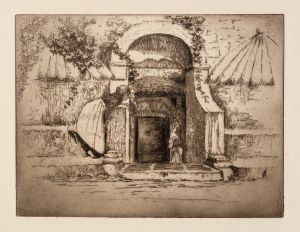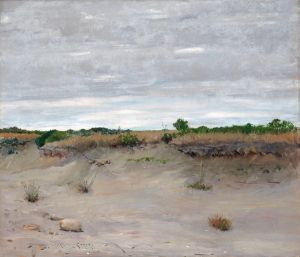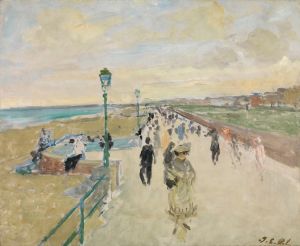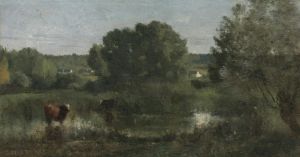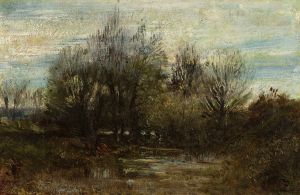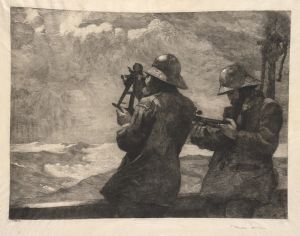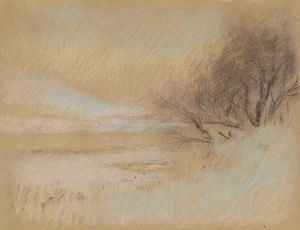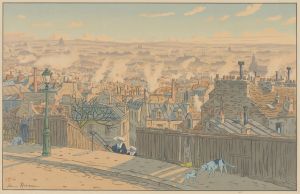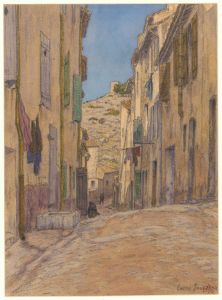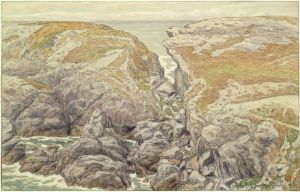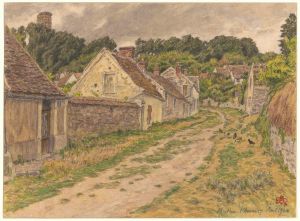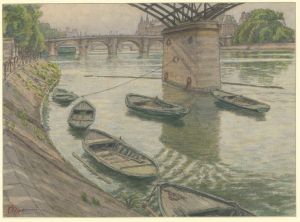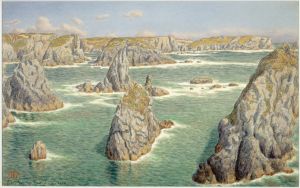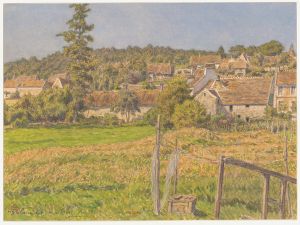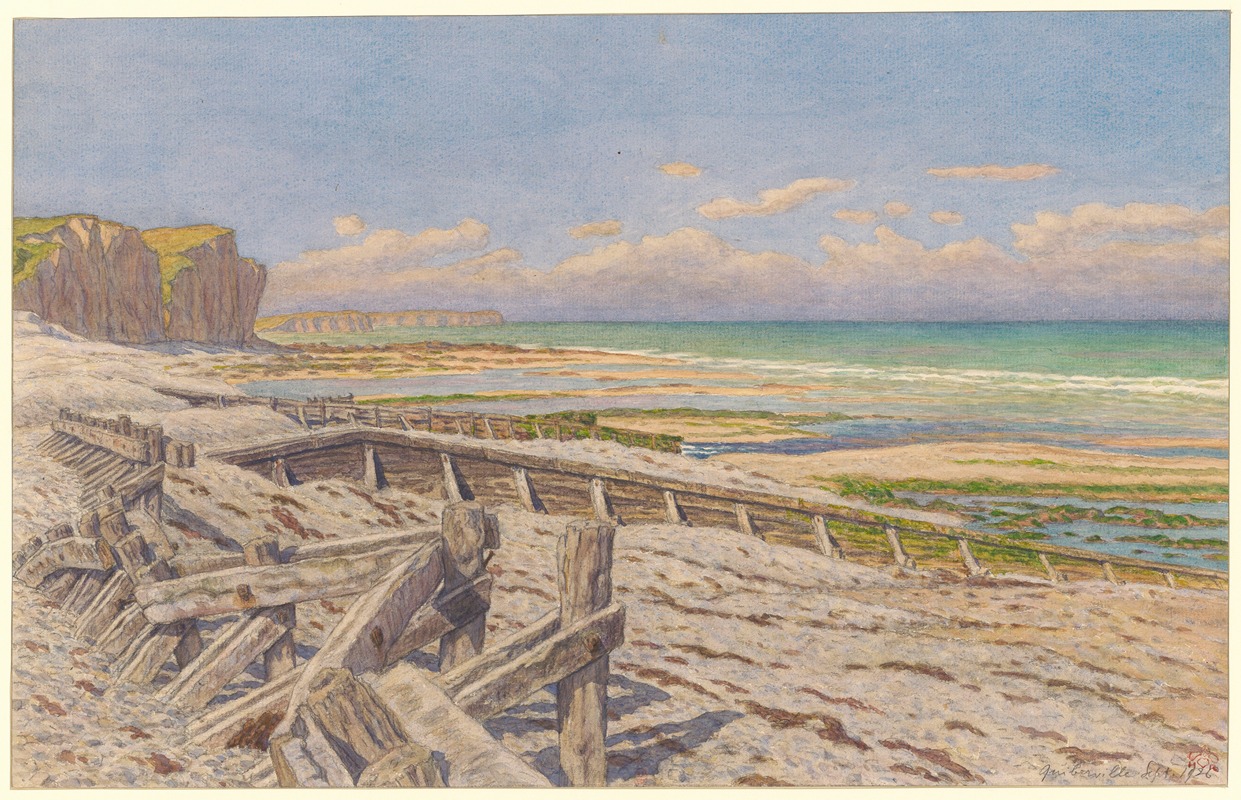
Quiberville
A hand-painted replica of Henri Rivière’s masterpiece Quiberville, meticulously crafted by professional artists to capture the true essence of the original. Each piece is created with museum-quality canvas and rare mineral pigments, carefully painted by experienced artists with delicate brushstrokes and rich, layered colors to perfectly recreate the texture of the original artwork. Unlike machine-printed reproductions, this hand-painted version brings the painting to life, infused with the artist’s emotions and skill in every stroke. Whether for personal collection or home decoration, it instantly elevates the artistic atmosphere of any space.
Henri Rivière (1864–1951) was a French artist known for his innovative contributions to printmaking and his mastery of the color lithograph. He is particularly celebrated for his works inspired by Japanese ukiyo-e prints, which he adapted to depict the landscapes and culture of France. One of his notable works is "Quiberville," a piece that reflects his fascination with the natural beauty of the French countryside.
"Quiberville" is a lithograph created by Rivière as part of his series of prints that captured the scenic landscapes of Brittany, a region in northwestern France. Quiberville is a small coastal village in Normandy, but Rivière's depiction of the area aligns with his broader artistic focus on rural and maritime scenes. The artwork showcases Rivière's characteristic use of bold lines, simplified forms, and a harmonious color palette, which were heavily influenced by Japanese woodblock prints. This style, often referred to as Japonisme, became a defining feature of his work.
Rivière was deeply inspired by the interplay of light and atmosphere in natural settings, and "Quiberville" exemplifies this interest. The print captures the serene beauty of the coastal environment, with its rolling hills, expansive skies, and the quiet rhythm of rural life. Rivière's ability to distill the essence of a landscape into a composition of striking clarity and balance is evident in this piece.
The artist's work was part of a broader movement in late 19th and early 20th-century France that sought to celebrate the country's regional diversity and natural heritage. Rivière's prints, including "Quiberville," were not only artistic achievements but also cultural documents that preserved the character of these landscapes during a time of rapid industrialization and urbanization.
Henri Rivière's contributions to the arts extended beyond lithography; he was also a photographer and a designer for the famous shadow theater at the Chat Noir cabaret in Paris. However, his landscape prints, such as "Quiberville," remain among his most enduring legacies. These works continue to be appreciated for their technical skill, aesthetic beauty, and the way they bridge European and Japanese artistic traditions.
Today, Rivière's prints are held in various museum collections and are studied as examples of the cross-cultural influences that shaped modern art. "Quiberville" stands as a testament to his ability to capture the timeless beauty of the French countryside through a unique artistic lens.





